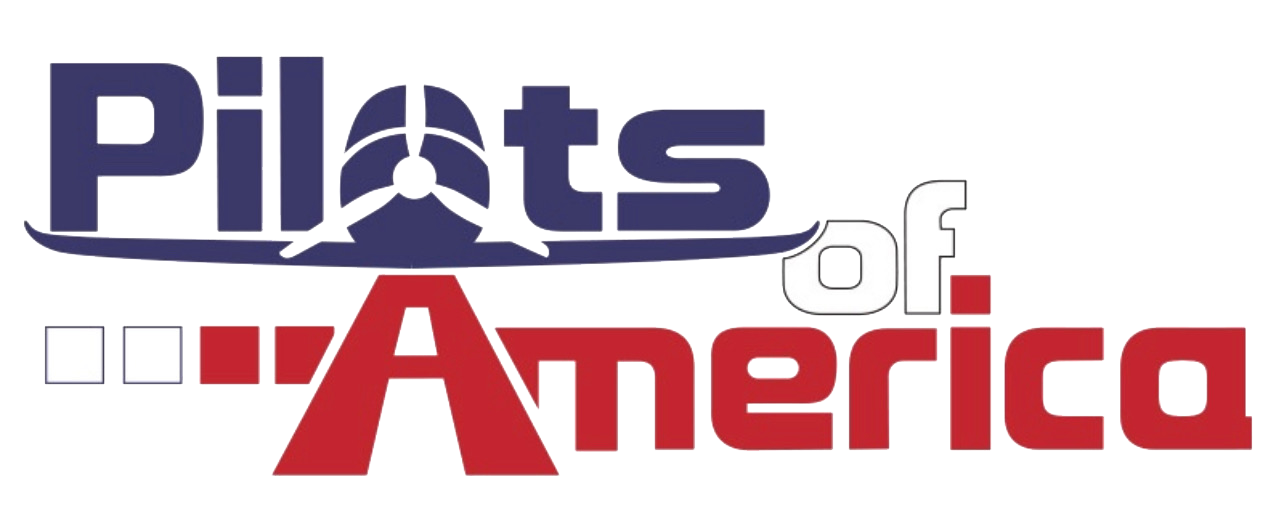- Joined
- Jul 3, 2012
- Messages
- 15,228
- Display Name
Display name:
Velocity173
I am not sure that I take quite the same thing from the report. Obviously, since they hit, if F16 had done anything differently, they would likely not have collided. If there was no vector at all, they would have missed. To me, the real question is why, when the 150 was to the south, ATC said to turn south. Why not have him turn to the North? Or climb? No way the 150 has the same climb rate.
The real question is why the controller chose to try a vector the F-16 at such close proximity in the first place. The fist traffic call at 3.25 miles with "CA CA" going off should have been a safety alert and not a normal traffic call. Not to mention, I would have liked to have seen a normal traffic call well before that.
Actions I'm sure the NTSB will report, but nothing I'd consider gross negligence on the controller's part.
Last edited:

